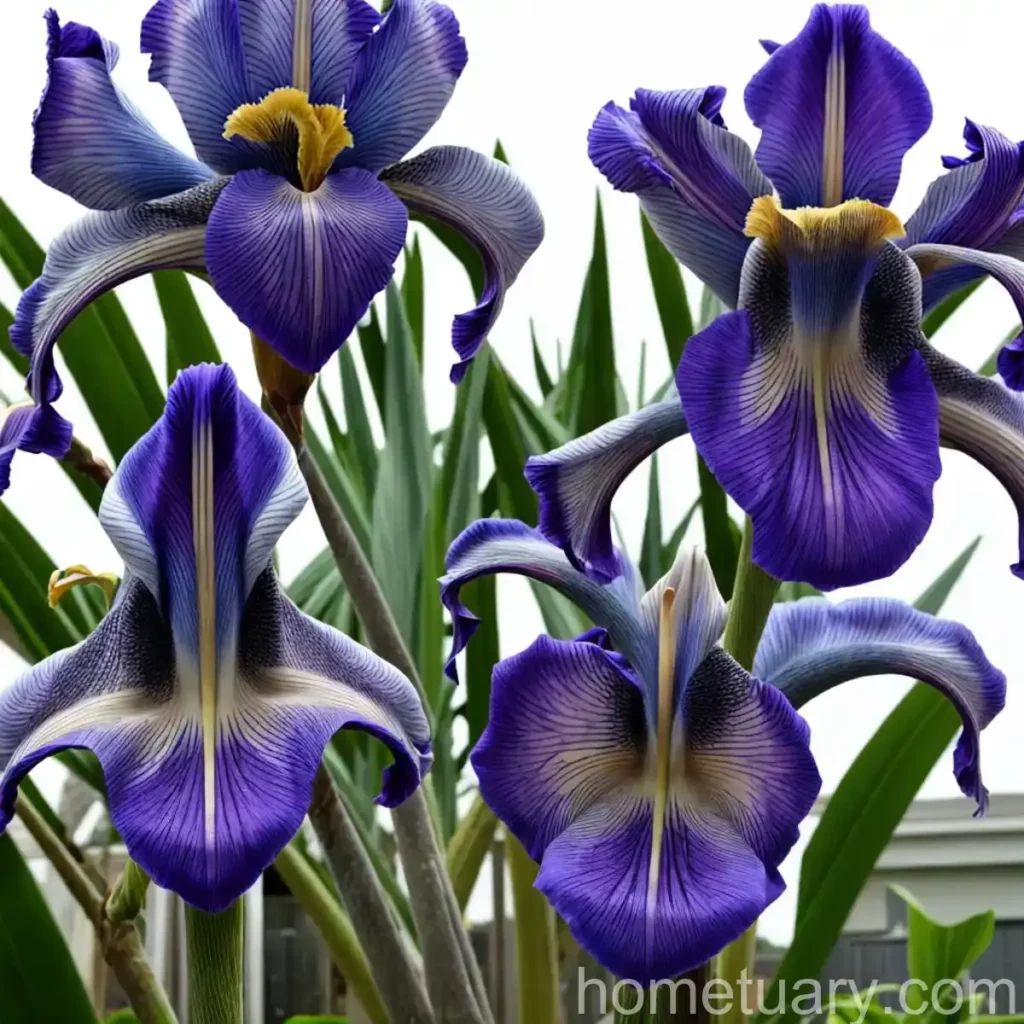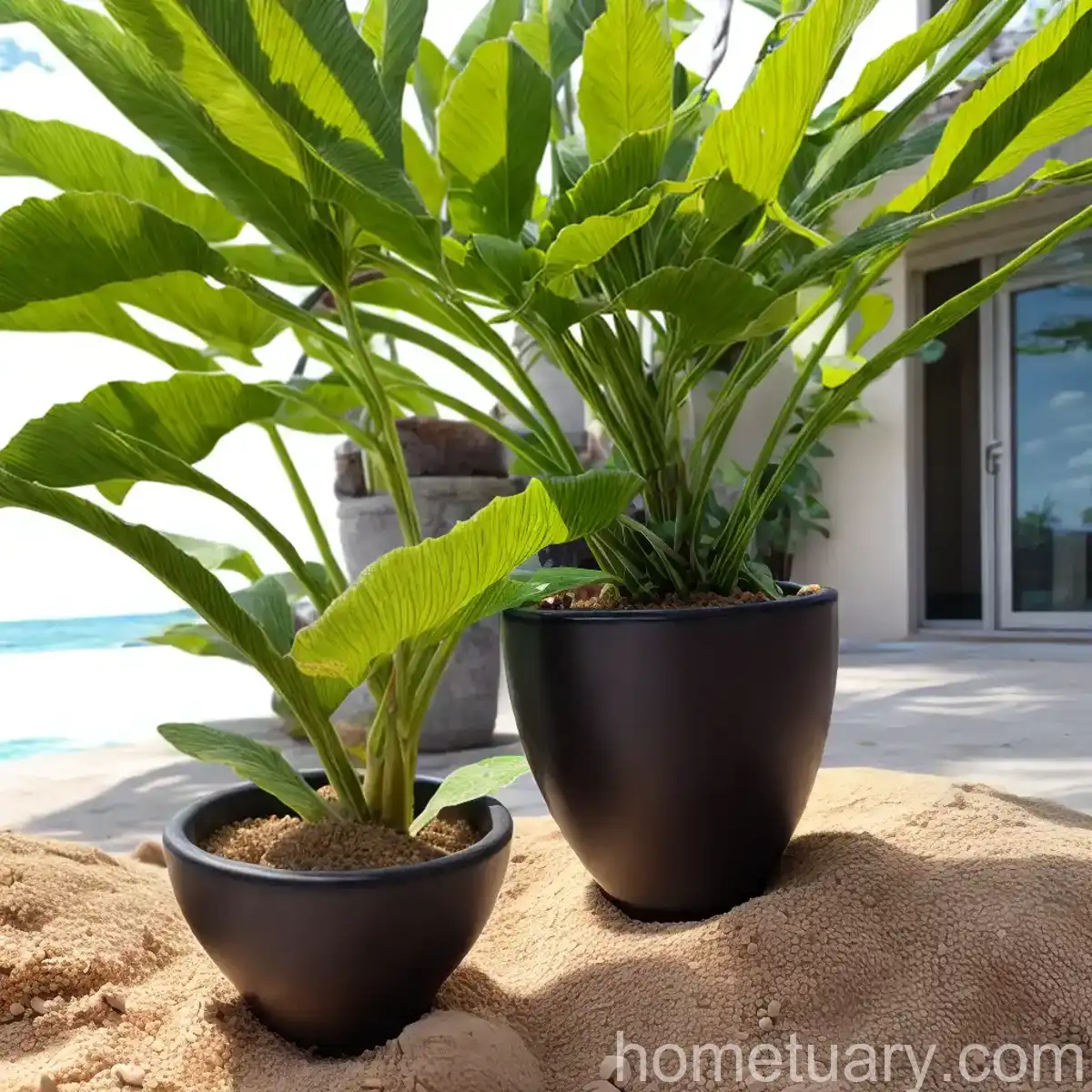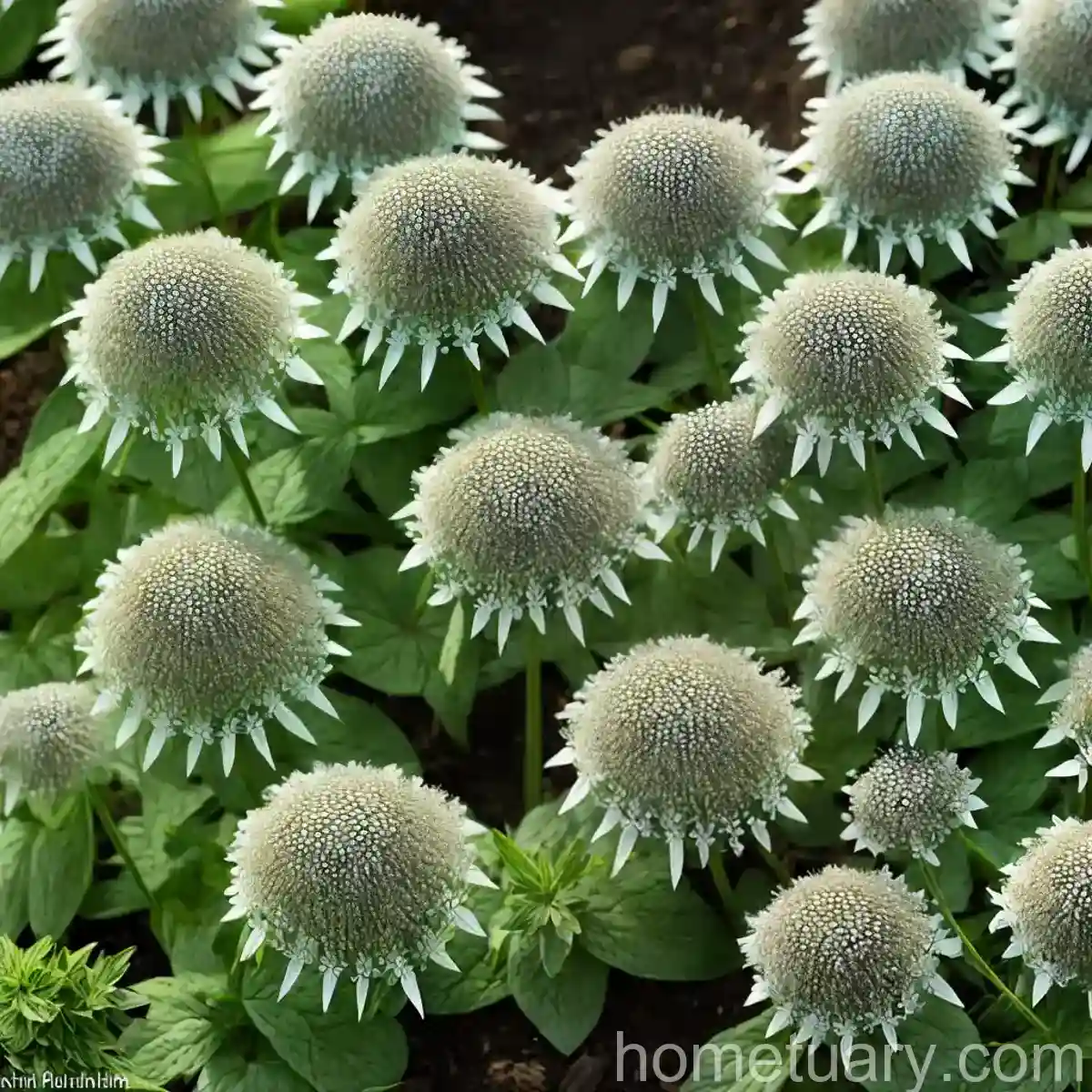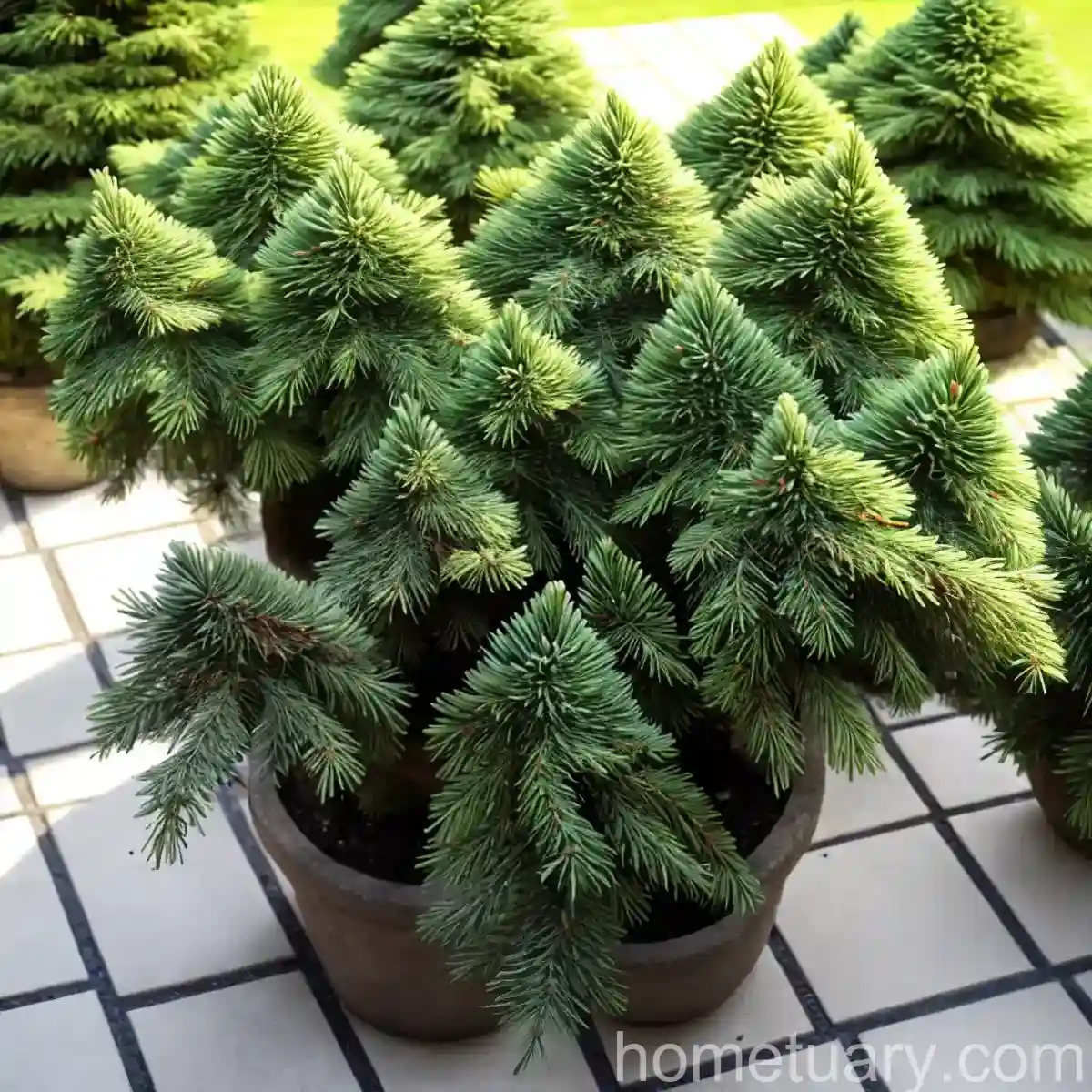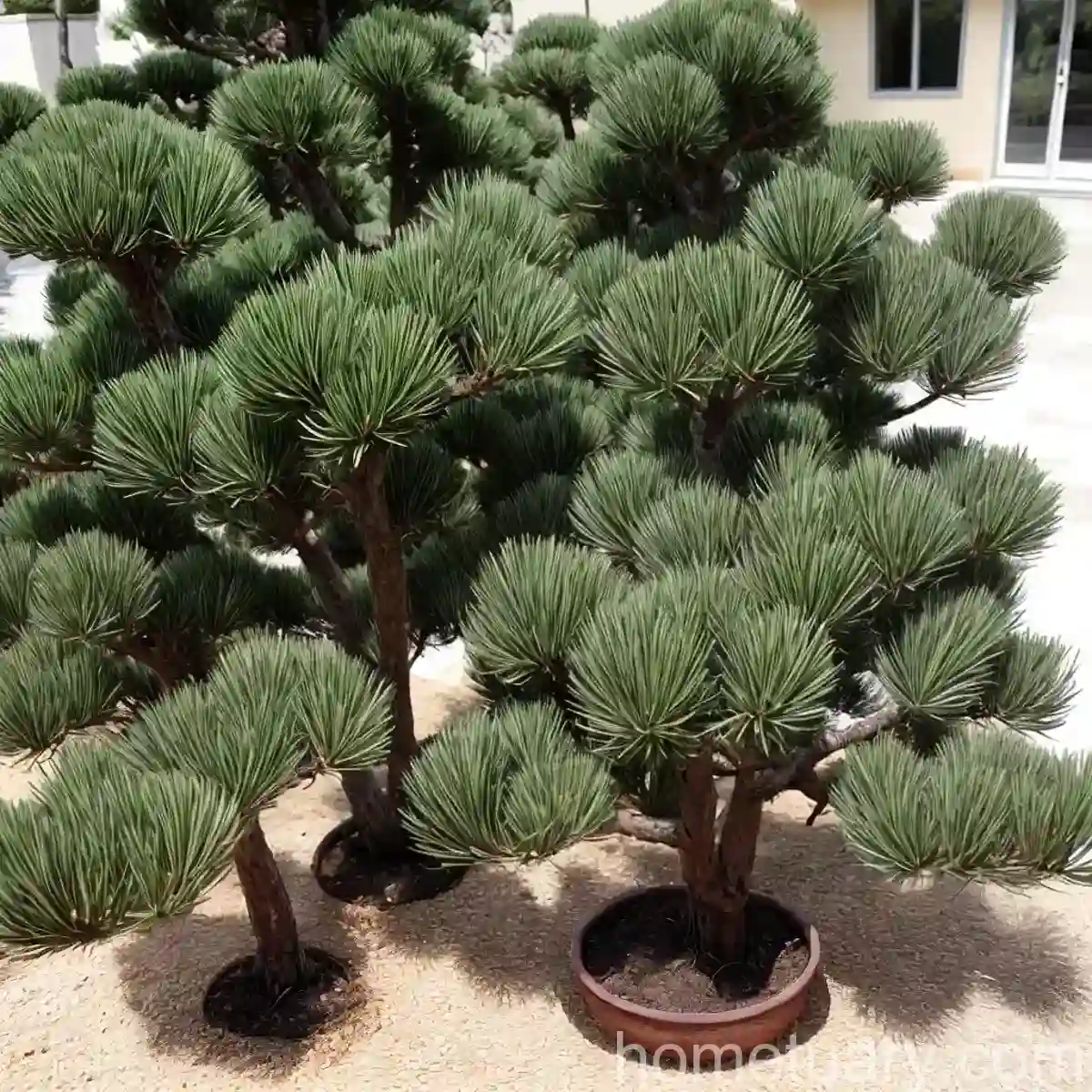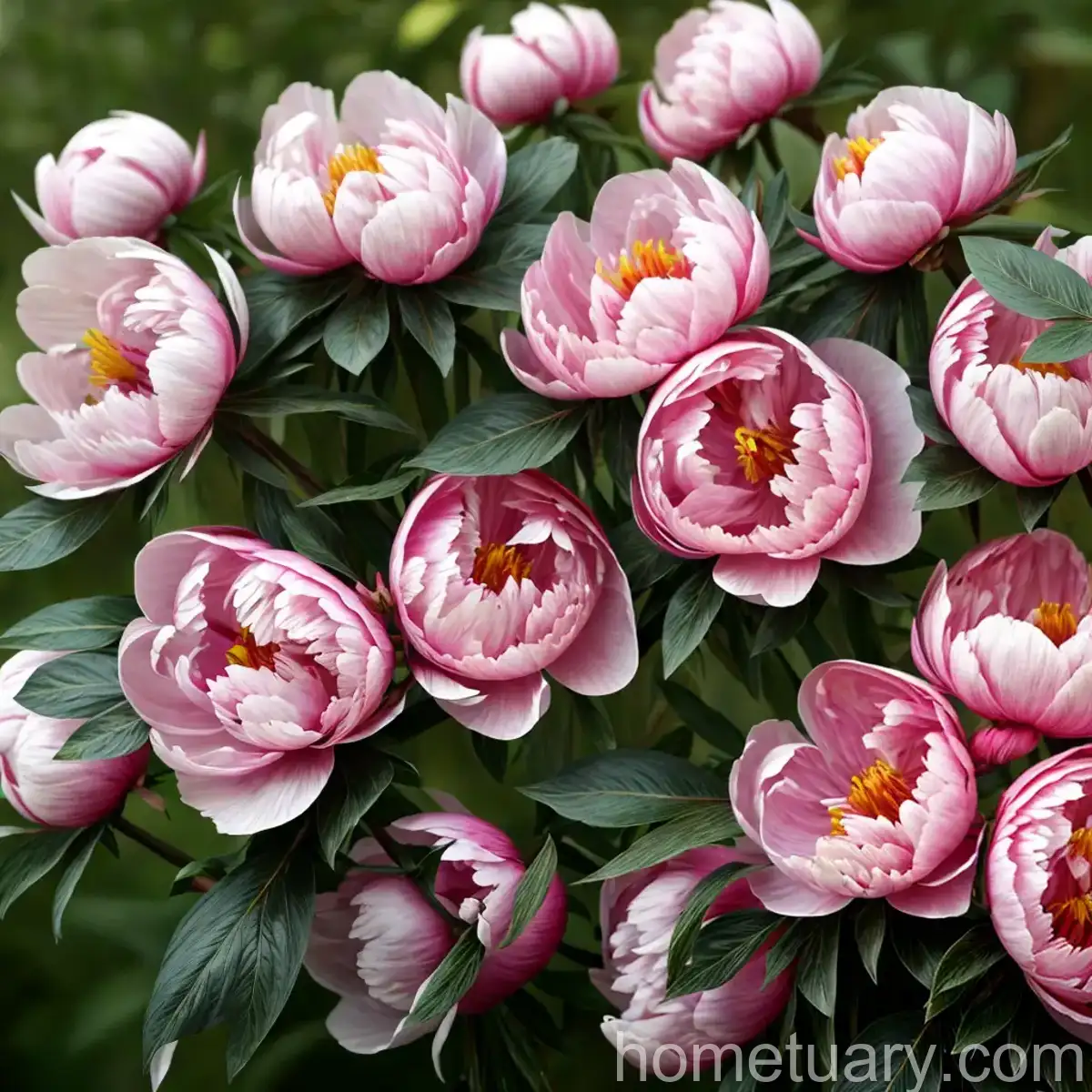Tall Bearded Reblooming Iris: Cultivation and Care Guide for ‘Spirit of Memphis’
Iris ‘Spirit of Memphis’ is a splendid tall bearded reblooming iris that captivates with its striking appearance and exceptional blooming habits. This beautiful perennial plant belongs to the genus Iris within the Iridaceae family. Renowned for its tall stature, vibrant flowers, and ability to rebloom, ‘Spirit of Memphis’ is a favorite among gardeners and enthusiasts. In this comprehensive guide, we will delve into the cultivation and care of Iris ‘Spirit of Memphis’, exploring its cultural needs, propagation, common diseases and pests, as well as valuable tips from botanists and fun facts.
What is a Plant: Tall Bearded Reblooming Iris (Iris ‘Spirit of Memphis’)
Tall Bearded Iris (Iris germanica) is a popular genus of flowering perennial plants that are cherished for their exquisite flowers and adaptability to various growing conditions. As the name suggests, tall bearded irises are characterized by their tall, erect stems and prominent “beards” on the falls (the lower petals). These striking beards often have contrasting colors, giving the flowers an added allure.
The ‘Spirit of Memphis’ variety is a reblooming iris, indicating that it has the unique ability to produce multiple blooming cycles within a single growing season, providing an extended period of floral display. This outstanding feature sets it apart from non-reblooming counterparts, making it a sought-after choice for gardeners who appreciate continuous blooms.
Key Takeaways – Tall Bearded Reblooming Iris (Iris ‘Spirit of Memphis’)
Before delving into the specifics of the cultivation and care of ‘Spirit of Memphis’, let’s take a moment to outline the key takeaways that will be covered in this comprehensive guide:
- Bearded Iris Varieties: Understanding the diversity of bearded iris varieties and their unique characteristics.
- Reblooming Iris Species: Exploring the fascinating trait of reblooming irises and the advantages they offer to gardeners.
- Iris ‘Spirit of Memphis’ Description: Providing a detailed overview of the ‘Spirit of Memphis’ variety, including its appearance, growth habits, and distinctive features.
- Tall Bearded Irises: Understanding the specific attributes and cultural requirements of tall bearded irises.
- Iris Cultivation Guide: A comprehensive guide to successfully cultivating and caring for irises, focusing on ‘Spirit of Memphis’.
- Iris ‘Spirit of Memphis’ Characteristics: Highlighting the unique traits and qualities that make ‘Spirit of Memphis’ a prized iris variety.
- Growing Tall Bearded Irises: Essential tips and best practices for the successful cultivation of tall bearded irises, including ‘Spirit of Memphis’.
- Reblooming Iris Care Tips: Understanding the specific care needs of reblooming irises, with a focus on ‘Spirit of Memphis’.
- Best Iris Varieties for Reblooming: Exploring the top iris varieties known for their exceptional reblooming capabilities.
- Iris ‘Spirit of Memphis’ Profile: A detailed profile of ‘Spirit of Memphis’, encompassing its origin, hybridization, and unique attributes.
- How to Grow Reblooming Irises: Step-by-step guidelines for growing and nurturing reblooming irises such as ‘Spirit of Memphis’.
- Iris ‘Spirit of Memphis’ Planting Tips: Essential insights into the optimal planting practices for ‘Spirit of Memphis’ irises.
- Bearded Iris ‘Spirit of Memphis’ Information: In-depth information and facts about the ‘Spirit of Memphis’ variety of bearded irises.
- Reblooming Iris Maintenance: Understanding the ongoing maintenance requirements for successful reblooming iris cultivation.
- Iris ‘Spirit of Memphis’ Flowering Season: Detailed information about the blooming period and habits of ‘Spirit of Memphis’ irises.
- Tall Bearded Iris Varieties for Gardens: Recommendations for incorporating tall bearded iris varieties, including ‘Spirit of Memphis’, into garden landscapes.
- Iris ‘Spirit of Memphis’ Disease Resistance: Insights into the disease resistance and robustness of ‘Spirit of Memphis’ irises.
- Tips for Successful Bearded Iris Cultivation: Expert tips and guidelines for cultivating bearded irises, with a focus on maximizing success with ‘Spirit of Memphis’.
- Reblooming Iris Garden Design Ideas: Creative suggestions for incorporating reblooming irises, such as ‘Spirit of Memphis’, into garden designs.
- Iris ‘Spirit of Memphis’ Blooming Habits: Understanding the unique blooming patterns and habits of ‘Spirit of Memphis’ irises.
- Growing Tall Bearded Irises in Containers: Exploring the potential and best practices of container gardening with tall bearded irises like ‘Spirit of Memphis’.
- Ideal Conditions for Iris ‘Spirit of Memphis’: Detailed insights into the optimal growing conditions and environmental requirements for ‘Spirit of Memphis’ irises.
- Reblooming Iris Division Techniques: Step-by-step techniques for dividing and propagating reblooming irises, including ‘Spirit of Memphis’.
- Iris ‘Spirit of Memphis’ Landscape Uses: Creative and practical applications of ‘Spirit of Memphis’ irises in landscape designs and settings.
- Pest Control for Tall Bearded Irises: Strategies and methods for effectively managing and controlling pests that may affect tall bearded irises like ‘Spirit of Memphis’.
- Best Companion Plants for ‘Spirit of Memphis’: Recommendations for companion planting that complements and enhances the beauty of ‘Spirit of Memphis’ irises.
- Reblooming Iris Hybridization: Insights into the process of hybridization and the development of reblooming iris varieties, including ‘Spirit of Memphis’.
- Iris ‘Spirit of Memphis’ Sun Requirements: Understanding the specific sunlight needs and preferences of ‘Spirit of Memphis’ irises.
- Watering Needs of Tall Bearded Irises: Guidelines for providing adequate and appropriate irrigation for tall bearded irises such as ‘Spirit of Memphis’.
- Fertilizing Tips for Iris ‘Spirit of Memphis’: Recommendations and best practices for fertilizing ‘Spirit of Memphis’ irises to optimize growth and blooming.
- Reblooming Iris Propagation Methods: Understanding the various methods for propagating and multiplying reblooming irises, with a focus on ‘Spirit of Memphis’.
- Iris ‘Spirit of Memphis’ Root System: Insights into the root structure and development of ‘Spirit of Memphis’ irises.
- Pruning Tall Bearded Irises: Essential pruning practices and guidelines for maintaining and shaping tall bearded irises like ‘Spirit of Memphis’.
- Disease Prevention for ‘Spirit of Memphis’ Iris: Proactive measures and strategies to prevent common diseases that may affect ‘Spirit of Memphis’ irises.
- Iris ‘Spirit of Memphis’ Fragrance: Exploring the aromatic qualities and fragrances associated with ‘Spirit of Memphis’ irises, if applicable.
- Winter Care for Reblooming Irises: Essential care and maintenance practices to ensure the health and vitality of reblooming irises during the winter season.
- Iris ‘Spirit of Memphis’ Bloom Color Variations: Understanding the potential color variations and nuances in the blooms of ‘Spirit of Memphis’ irises.
- Troubleshooting Common Issues with Bearded Irises: Identifying and addressing common problems and challenges that may arise in bearded iris cultivation, including ‘Spirit of Memphis’.
- Reblooming Iris Companion Planting Ideas: Creative and synergistic companion planting ideas that enhance the visual appeal of reblooming irises, such as ‘Spirit of Memphis’.
- Iris ‘Spirit of Memphis’ Exhibition Tips: Tips and recommendations for showcasing and exhibiting ‘Spirit of Memphis’ irises in competitive or display settings.
- Tall Bearded Iris ‘Spirit of Memphis’ for Cut Flower Arrangements: Exploring the potential of using ‘Spirit of Memphis’ irises in stunning cut flower arrangements and floral displays.
- Dividing and Transplanting Reblooming Irises: Step-by-step instructions for dividing and transplanting reblooming irises, including ‘Spirit of Memphis’.
- Iris ‘Spirit of Memphis’ Container Gardening Tips: Guidelines and insights into successful container gardening with ‘Spirit of Memphis’ irises.
- Deer-Resistant Bearded Iris Varieties: Understanding the deer-resistant qualities and attributes of bearded irises, including ‘Spirit of Memphis’.
- Iris ‘Spirit of Memphis’ in Mixed Borders: Creative suggestions and uses for incorporating ‘Spirit of Memphis’ irises into mixed border plantings and landscapes.
- Reblooming Iris Naturalizing Techniques: Understanding the naturalizing potential and techniques for reblooming irises, such as ‘Spirit of Memphis’.
- Iris ‘Spirit of Memphis’ Garden Design Inspiration: Inspiring design ideas and concepts for integrating ‘Spirit of Memphis’ irises into garden landscapes and settings.
- Tall Bearded Irises for Low Maintenance Landscapes: Exploring the low-maintenance attributes and suitability of tall bearded irises, including ‘Spirit of Memphis’, in garden landscapes.
- Prized Qualities of ‘Spirit of Memphis’ Iris: Highlighting the exceptional and desirable qualities that distinguish ‘Spirit of Memphis’ irises.
- Reblooming Iris Rebloom Frequency: Understanding the frequency and patterns of reblooming exhibited by reblooming irises, including ‘Spirit of Memphis’.
Now that we have outlined the comprehensive scope of this guide, let’s embark on an enlightening journey into the world of ‘Spirit of Memphis’ and the captivating realm of tall bearded reblooming irises.
Culture
Understanding the cultural requirements and preferences of ‘Spirit of Memphis’ irises is essential for successfully nurturing and fostering their growth. This encompasses various aspects such as water, sunlight, fertilizer, soil, and pruning, all of which contribute to the overall health, vigor, and blooming performance of these exquisite irises.
Uses
Garden Ornamental: The primary use of ‘Spirit of Memphis’ irises is as ornamental garden plants, where their vibrant and elegant blooms contribute to the aesthetic appeal of garden beds, borders, and landscapes. Their tall stature and striking flowers make them ideal for creating bold focal points and adding vertical interest to garden designs.
Cut Flowers: Another valuable use of ‘Spirit of Memphis’ irises is as cut flowers for floral arrangements. The bold colors and unique form of their blooms make them an exceptional addition to bouquets and floral displays, lending a touch of elegance and sophistication to indoor spaces.
Water
Proper watering is crucial for the health and vitality of ‘Spirit of Memphis’ irises. As with most garden plants, maintaining a balanced and consistent moisture level in the soil is essential, especially during periods of active growth and blooming. However, it is equally important to avoid waterlogged conditions, as excessive moisture can lead to root rot and other issues. Finding the right balance is key to promoting the best possible blooming performance and overall vigor of these stunning irises.
General Guidelines:
- Regular Monitoring: Monitor the soil moisture regularly, especially during hot and dry periods, to ensure that the irises receive adequate hydration.
- Deep Watering: When watering, aim to provide deep irrigation to encourage the development of a robust root system. Shallow watering may result in shallow root growth, making the plants more susceptible to stress and environmental fluctuations.
- Avoid Overhead Watering: Minimize overhead watering, particularly on the foliage and flowers, to reduce the risk of foliar diseases and promote better air circulation around the plants.
Sunlight
‘**Spirit of Memphis’ irises thrive in locations that receive ample sunlight, typically requiring at least 6-8 hours of direct sunlight per day. Exposure to abundant sunlight is essential for the development of sturdy stems, vibrant blooms, and overall plant vigor.
Best Practices:
- Full Sun Exposure: Ideally, position ‘Spirit of Memphis’ irises in areas with full sun exposure, where they can receive the greatest intensity of sunlight throughout the day.
- Morning Sun: If full sun exposure is not feasible, prioritize morning sunlight, as it is generally less harsh and intense than afternoon sun, providing a favorable balance for the irises.
Fertilizer
Proper fertilization is vital for promoting healthy growth and abundant blooming in ‘Spirit of Memphis’ irises. Fertilizers provide essential nutrients that support the development of strong foliage and vibrant flowers, contributing to overall plant vitality and resilience.
Key Considerations:
- Balanced Fertilizer: Apply a balanced, slow-release fertilizer formulated for flowering perennials in spring, following the manufacturer’s recommendations for application rates and frequency.
- Low-Nitrogen Formula: Prioritize a fertilizer with a lower nitrogen content and a higher phosphorus and potassium content to encourage robust root development and prolific blooming.
Soil
The soil quality and composition play a critical role in the overall health, growth, and blooming performance of ‘Spirit of Memphis’ irises. They thrive in well-draining soil with a slightly acidic to neutral pH, which provides an optimal foundation for root development and nutrient uptake.
Optimal Soil Conditions:
- Well-Draining: Ensure that the soil has excellent drainage to prevent waterlogging and reduce the risk of root rot. Consider amending heavy or compacted soils with organic matter to enhance drainage and aeration.
- pH Level: Aim for a soil pH of around 6.0 to 7.0, which is considered slightly acidic to neutral. Conduct a soil test to determine the pH and make necessary amendments to achieve the ideal range.
Pruning
Pruning tall bearded reblooming irises like ‘Spirit of Memphis’ is an essential aspect of their care and maintenance, contributing to the promotion of healthy growth, enhanced blooming, and overall aesthetic appeal. Proper pruning practices help manage the plants’ vigor, remove spent blooms, and reduce the risk of disease and pest infestations.
Pruning Guidelines:
- Deadheading: Regularly remove spent flower stalks by cutting them back to the base once the blooming period is complete. This encourages the plants to redirect energy towards new growth and potential reblooms.
- Leaf Maintenance: Trim away any damaged or yellowing leaves to maintain a tidy appearance and reduce the risk of disease development.
Propagation
Successfully propagating ‘Spirit of Memphis’ irises allows for the expansion of their presence in the garden and provides an opportunity to share their beauty with others. There are various methods of propagation, including division, seed sowing, and offsets, each with its own set of considerations and best practices.
Division
Dividing established clumps of ‘Spirit of Memphis’ irises is a common and effective method of propagation. It not only allows for the creation of new plants but also rejuvenates the existing clumps, promoting healthier growth and blooming in the long run.
Division Steps:
- Timing: The best time to divide ‘Spirit of Memphis’ irises is typically in late summer to early fall, after the blooming period is complete. This allows the plants to establish new roots before the onset of winter.
- Lift and Separate: Carefully lift the clumps of irises from the soil, ensuring that the entire root system is intact. Gently separate the rhizomes, ensuring that each division has healthy roots and at least one fan of leaves attached.
- Replanting: Trim back the foliage to reduce water loss and shock to the plants. Replant the divisions at the appropriate spacing and depth, ensuring that the soil is well-prepared and amended for optimal growth.
Offset Division
Offset division involves the separation of the smaller rhizomes or “offsets” that develop alongside the main rhizome of ‘Spirit of Memphis’ irises. These offsets can be carefully removed and transplanted to establish new plants.
Propagation Technique:
- Identification: Locate the offsets that have developed from the main rhizome. They are typically smaller in size and may have their own set of roots and foliage.
- Gentle Separation: Carefully separate the offsets from the parent rhizome, ensuring that they have their own viable roots and a portion of the fan of leaves.
- Transplanting: Plant the offsets at the appropriate depth and spacing, providing them with adequate moisture and care to support their establishment and growth.
Container Popularity
The ‘Spirit of Memphis’ iris, with its commanding presence and vibrant blooms, is well-suited for container cultivation, offering versatility and visual impact in a wide range of settings. This popularity extends to various gardening enthusiasts and individuals with limited garden space, as well as those seeking to accentuate patios, balconies, and outdoor living areas with the enchanting presence of these reblooming irises.
Container Common Diseases
Although ‘Spirit of Memphis’ irises can thrive and bloom magnificently in containers, it’s imperative for gardeners to be aware of potential diseases that can affect these plants when grown in confined spaces.
Common Diseases in Containers:
- Rhizome Rot: Excessive moisture and poor drainage can lead to the development of rhizome rot in container-grown ‘Spirit of Memphis’ irises. To prevent this, use well-draining potting mix and allow the soil to dry out slightly between waterings.
- Leaf Spot: Certain fungal diseases, such as leaf spot, can occur in the warm, humid conditions often found in containers. Provide adequate air circulation and avoid overhead watering to minimize the risk of fungal infections.
- Root Diseases: Compact containers and limited soil volume can make ‘Spirit of Memphis’ irises more susceptible to root diseases. Regularly inspect the root system and maintain proper watering practices to prevent root-related issues.
Disease Diagnosis
Diagnosing diseases in ‘Spirit of Memphis’ irises, whether in the garden or in containers, requires vigilance and a keen eye for identifying symptoms and subtle changes in plant health.
Diagnosis Indicators:
- Foliage Discoloration: Look for signs of discoloration, spotting, or wilting on the leaves, which can indicate fungal infections or foliar diseases.
- Root Inspection: Check the roots for any signs of rot, browning, or decay. Healthy roots are firm, while diseased roots may appear mushy or discolored.
- Bloom Abnormalities: Monitor the blooms for any abnormalities, such as distorted petals, browning, or discoloration, which can be indicative of disease or pest infestations.
Common Pests
Like many garden plants, ‘Spirit of Memphis’ irises may face challenges from various pests that can impact their health and blooming performance. Understanding the common pests and implementing effective pest control measures is essential for protecting the irises and preserving their beauty in the garden.
Common Pests:
- Iris Borers: Iris borers are a significant threat to ‘Spirit of Memphis’ irises, as their larvae feed on the rhizomes, leading to weakening and decline of the plants. Vigilance and early detection are crucial for managing iris borer infestations.
- Aphids: Aphids may target the foliage and buds of ‘Spirit of Memphis’ irises, sucking sap and potentially transmitting viral diseases. Regular monitoring and insecticidal treatments can help control aphid populations.
- Thrips: Thrips are small, slender insects that can cause damage to the flowers and leaves of ‘Spirit of Memphis’ irises. Their feeding activity

